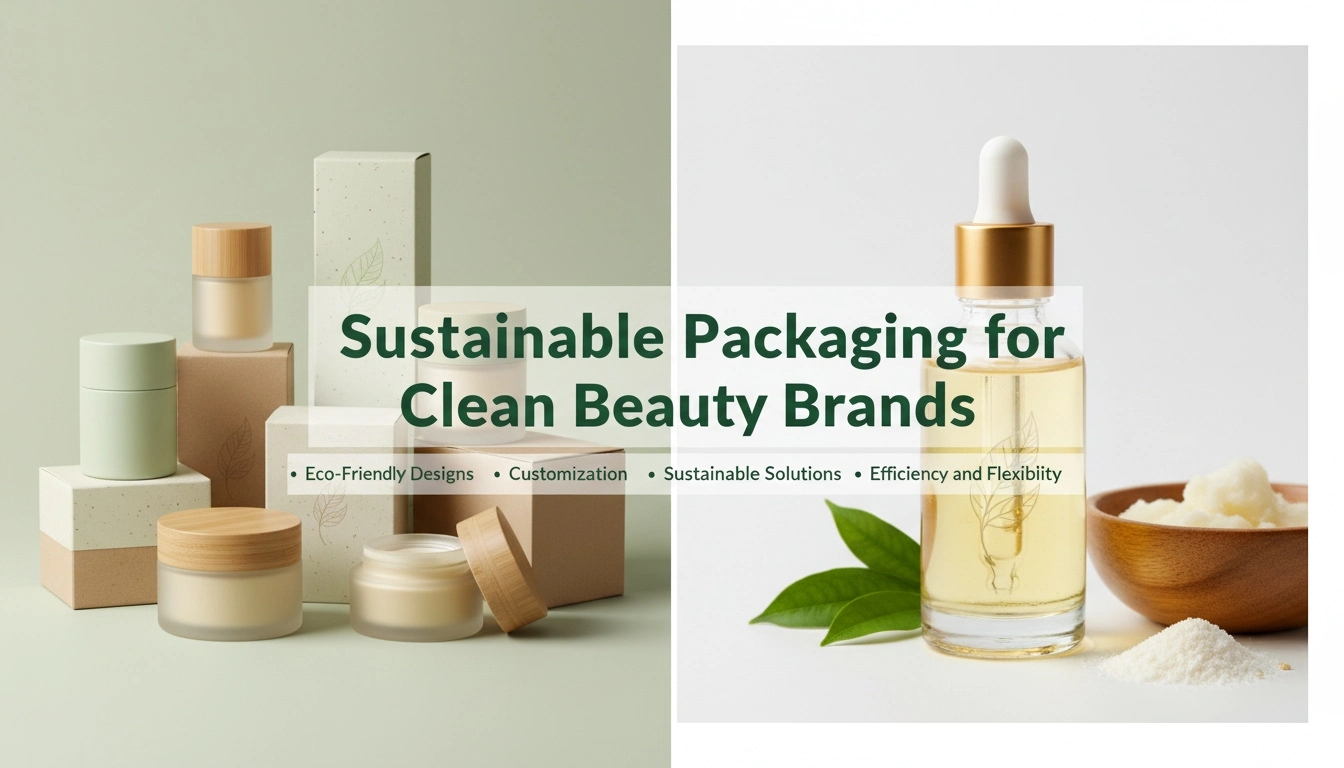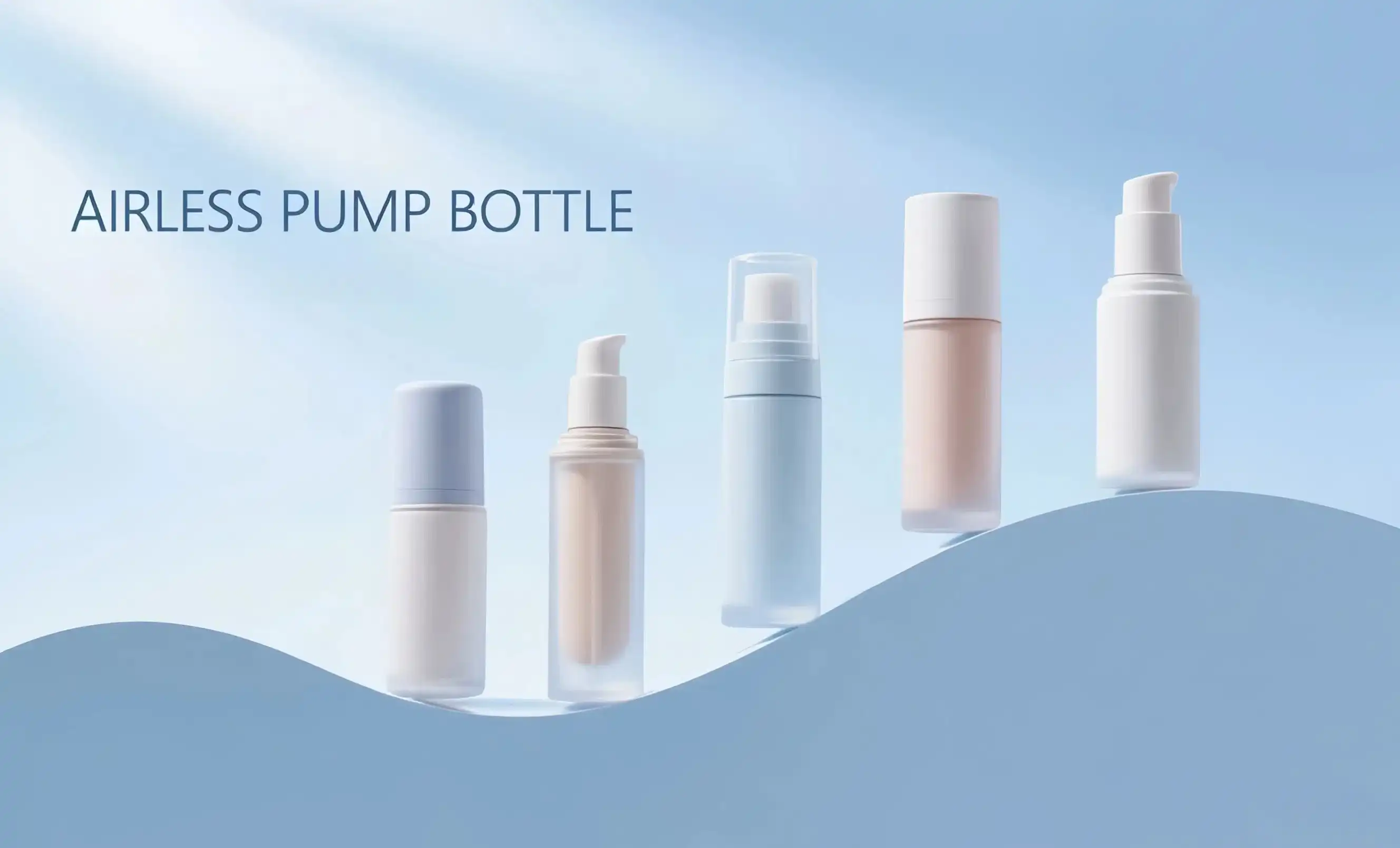Essential Tests: Leak, Pressure, and Compatibility
When it comes to OEM plastic airless bottles, rigorous testing is crucial to ensure product integrity and consumer satisfaction. Let's dive into the essential tests that form the backbone of any robust quality control process.
Leak Testing: Topfeelpack's Precision Approach
Leak testing is a critical step in the quality control process for airless bottles. At Topfeelpack, we employ advanced techniques to detect even the smallest leaks:
- Vacuum decay testing: Bottles are placed in a vacuum chamber to identify any air infiltration.
- Pressure decay testing: We pressurize bottles and monitor for any pressure drops, indicating potential leaks.
- Helium leak detection: For ultra-precise testing, we use helium as a tracer gas to pinpoint microscopic leaks.
These methods ensure that your products remain hermetically sealed, preserving their efficacy and preventing contamination.
Pressure Resistance Evaluation
Airless bottles must withstand various pressure conditions during shipping, storage, and use. Our pressure resistance tests include:
- Burst pressure testing: Bottles are subjected to increasing pressure until failure to determine their maximum tolerance.
- Cyclic pressure testing: We simulate repeated use to ensure long-term durability.
- Temperature cycling: Bottles are exposed to temperature fluctuations to test their resilience in diverse environments.
Material Compatibility Analysis
Ensuring that the bottle material is compatible with the intended contents is crucial for product stability and safety:
- Chemical resistance testing: We expose bottle materials to various ingredients commonly found in cosmetics and skincare products.
- Accelerated aging tests: Bottles are subjected to conditions that simulate long-term storage to predict potential interactions over time.
- Migration studies: We analyze whether any compounds from the plastic might leach into the product.
Visual Inspection: Key Aspects to Examine
While technical tests are crucial, visual inspection plays an equally important role in quality control for OEM plastic airless bottles. A thorough visual examination can reveal issues that might escape detection in automated tests.
Surface Finish and Consistency
The appearance of airless bottles can significantly impact brand perception. We meticulously inspect:
- Color uniformity: Ensuring consistent coloration across all bottles in a batch.
- Surface smoothness: Checking for any irregularities, bumps, or rough patches.
- Gloss level: Verifying that the finish matches the specified gloss or matte appearance.
Dimensional Accuracy
Precise measurements are essential for proper functioning and aesthetic appeal:
- Height and diameter: We use calibrated tools to confirm that bottles meet the exact specifications.
- Wall thickness: Consistent wall thickness is crucial for structural integrity and product dispensing.
- Thread accuracy: Proper threading ensures caps and pumps fit securely.
Topfeelpack's Commitment to Flawless Aesthetics
At Topfeelpack, we understand that the visual appeal of airless bottles is as important as their functionality. Our visual inspection process includes:
- Defect identification: We carefully examine each bottle for scratches, dents, or molding imperfections.
- Print quality assessment: For bottles with printed designs, we ensure crisp, aligned, and durable printing.
- Closure system check: We verify that pumps, caps, and actuators are correctly assembled and operate smoothly.
Implementing a Robust QC Process: Step-by-Step Guide
Establishing a comprehensive quality control process for OEM plastic airless bottles requires a systematic approach. Here's a step-by-step guide to help you implement a robust QC system:
Pre-Production Quality Assurance
Before mass production begins, it's crucial to set the stage for quality:
- Material verification: Confirm that raw materials meet specifications and regulatory requirements.
- Mold inspection: Regularly check and maintain molds to prevent defects.
- Process parameter validation: Establish and document optimal settings for molding machines.
In-Process Quality Control
During production, continuous monitoring is key:
- Sampling plan: Implement a statistically valid sampling method to inspect bottles throughout the production run.
- Real-time adjustments: Train operators to make immediate corrections when deviations are detected.
- Documentation: Maintain detailed records of all in-process checks and any corrective actions taken.
Post-Production Evaluation
After production, final checks ensure only the highest quality bottles reach customers:
- Batch testing: Conduct comprehensive tests on samples from each production batch.
- Performance validation: Verify that bottles function correctly with the intended product formulations.
- Packaging inspection: Ensure bottles are correctly labeled and packaged for shipping.
Continuous Improvement
Quality control is an ongoing process:
- Data analysis: Regularly review QC data to identify trends and areas for improvement.
- Supplier audits: Periodically assess and provide feedback to material suppliers.
- Technology updates: Stay informed about new testing methods and equipment that could enhance your QC process.
By following this comprehensive quality control checklist, you can ensure that your OEM plastic airless bottles meet the highest standards of quality and performance. Remember, consistent quality control not only protects your brand reputation but also contributes to customer satisfaction and loyalty.
Are you trying to find a trustworthy partner for the production of OEM plastic airless bottles? Delivering premium, personalized airless packaging solutions for skincare and cosmetic businesses is Topfeelpack's area of expertise. Your products will be packaged in bottles that satisfy the highest requirements thanks to our cutting-edge manufacturing procedures and strict quality control. We can fulfill the exacting demands of both well-known brands and creative startups in the beauty sector because to our speedy customisation capabilities, reasonable pricing, and prompt delivery dates.
Don't compromise on the quality of your packaging. Contact us today at pack@topfeelgroup.com to discuss how Topfeelpack can elevate your product packaging with our premium airless bottles.
References
- Johnson, S. (2022). Advanced Quality Control Methods for Plastic Packaging in Cosmetics. Journal of Packaging Technology and Research, 36(2), 78-92.
- Lee, H. Y., & Kim, J. S. (2021). Innovations in Airless Bottle Technology for Skincare Products. International Journal of Cosmetic Science, 43(3), 301-315.
- Martinez, C. et al. (2023). Material Compatibility Studies for Modern Cosmetic Formulations. Polymer Testing, 115, 107359.
- Patel, R. (2022). Quality Assurance in the Production of Plastic Airless Bottles: A Comprehensive Guide. Plastics Technology Handbook, 5th Edition.
- Smith, A. B., & Brown, C. D. (2021). Visual Inspection Techniques in Cosmetic Packaging: Ensuring Aesthetic Quality. Packaging Science and Technology, 34(4), 412-426.
- Wang, L. et al. (2023). Leak Detection Methods for Airless Packaging Systems: A Comparative Analysis. Journal of Testing and Evaluation, 51(4), 2573-2589.

 - 副本_1745399213966.webp)

_1747827716538.webp)

